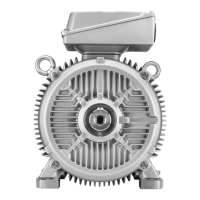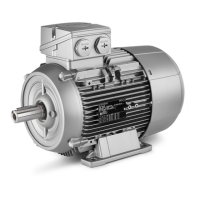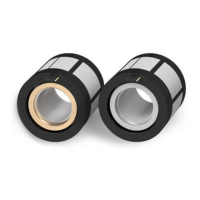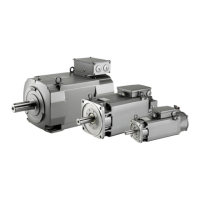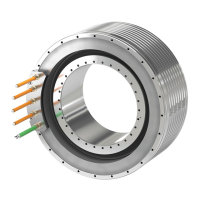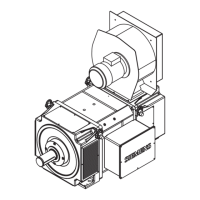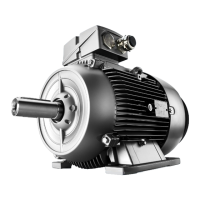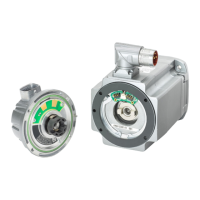3.4.3 Cooling
Natural cooling
The power loss generated by the motor winding must be dissipated. To achieve this, the primary
section is equipped with cooling ribs to increase the overall surface area. Most of the heat loss
must be dissipated through convection via the mechanical machine interface.
For natural cooling, the rated force F
N
depends on the thermal conductivity that the motor has
to its environment. For instance, this is inuenced by the following factors:
• Thermal contact to the machine
• Temperature dierence to the environment
An enclosure or insulated motor mounting either prevents or obstructs motor heat from
being dissipated.
3.4.4 Temperature monitoring and thermal motor protection
3.4.4.1 Temp-S temperature monitoring circuit
The primary sections are equipped with the subsequently described Temp‑S temperature
monitoring circuit.
Temp‑S activates the thermal motor protection when the motor windings are thermally
overloaded. In this case the precondition is that Temp-S is correctly connected and evaluated.
For a thermal overload, the drive system must bring the motor into a no-current condition.
The SME12x Sensor Module or the TM120 Terminal Module evaluates the temperature sensor
signals.
You can obtain commissioning information from Technical Support. Contact data is provided in
the introduction.
Temp‑S
To protect the motor winding against thermal overload, all primary sections are equipped with
the following temperature monitoring circuit:
• 1xPTC120°C temperature sensor per phase winding U, V, and W, switching threshold at
120°C
The three PTC temperature sensors of this temperature monitoring circuit are connected in
series to create a PTC triplet.
Description
3.4Design
Naturally-Cooled 1FN3 Linear Motors
44 Operating Instructions, 06/2023, A5E52220465B AB
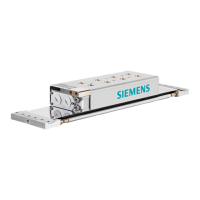
